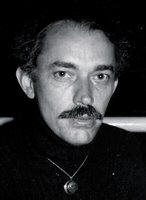
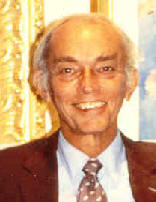
LEE PORTER BUTLER (1940-2005)
Butler started life on a small farm in Tennessee, married, and left home all by the age of 16. He and first wife Ann Thompson Butler raised three children: Linda, Natalie, and Christopher. He got his high school degree at night in Memphis and attended the University of Tennessee at Knoxville, Georgia Tech, UT again, and finally the NCSU School of Design. There his mentor was Henry Sanoff. They met first in Raleigh when Sanoff was giving a talk. Later, Butler drove across the country to Sanoff's California house to implore Sanoff to teach at NCSU, which he did.
"I would rather be controversial than ignored." —Lee Butler
Butler was an exceptionally bright and charismatic student, so much so that Sanoff, Vern Shogren, other NCSU professors, and even Dean Henry Kamphoefner were frequent dinner guests. Yet as much as Butler loved design, he despised the architectural industry and refused to take the licensing exam for many years. "I didn't want the stigma of being an architect. I didn't want to alienate people. Being a licensed architect means subscribing to an informal code of ethics, which includes things like cutting out competition with your colleagues. If you don't follow those ethics, well, you're on their list." Eventually he relented. "When you're designing a $2 million student housing project, you are an architect. I took the exam and passed it." Yet his conformity was inconsistent. In 2004, he was cited and fined for practicing architecture without a license for a project in California.
After the NCSU School of Design, Butler won a fellowship to Taliesin West for six weeks. Later, he and Ann divorced and he left Raleigh in late 1966 to begin building and selling homes in Knoxville TN. He married Rhetta Johnson and they had three sons, Yuri, Aaron, and Jonathan David. The next year, he opened two head shops in Gatlinburg and prepared to "drop out" but his genius would prove too restless. In 1970, on land from his dad in Medon TN, he designed and built a 10,000 square foot passive solar home with indoor swimming pool, 40 foot high greenhouse, and 14 levels. After an ice storm, he felt a huge warm blast of air outside and began a lifelong quest to understand thermal principles. Daughter Linda would move back to live with Butler and essentially helped raise his two sons by Johnson.
Almost by accident, Butler was asked by a developer to design shopping malls and created a small successful design firm. After a few years the developer went bankrupt and Butler had no other clients. In desperation, Butler took two tabs of LSD and asked the universe for the secret to that thermal blast. From this trip, Butler invented the "the gravity geo-thermal envelope", a concept that would become his life's work. For a more detailed discussion of the idea, see this Mother Earth article or this video.
Soon after his LSD revelation, Rhetta Johnson left Butler and he left Tennessee for Pacific Heights CA near San Francisco, taking third wife Gail Cook and his two sons by Johnson. There he wrote the book, Ekose'a Homes about heating and cooling without fossil fuels. It was a cult hit at the peak of the alternative energy movement. Butler was instantly a new age celebrity, even attracting his own groupies, some of whom lived with him in a communal setting. He taught at the University of California Berkeley, spoke frequently, and was featured in Time, Popular Science, Better Homes and Gardens, and other design and energy publications.
Butler visited Raleigh in April 1980 to speak on the thermal envelope. That year, he filed suit against the Tennessee Valley Authority (eventually thrown out) to prohibit further costly government projects. He also publicly announced he would be marketing for a group of psychics who claimed to have located Cleopatra's Palace and the Pharaoh's Lighthouse in the Mediterranean Sea. Said Butler during the 1980 visit to the Raleigh News and Observer, "they'll find anything you need for a percentage of its value."
His other grand plans included photoelectric power packs for electricity co-generation and an algae processing plant to generate high-protein food additives. In 1981, Reagan took away the tax credits for alternative energy and interest rates were at an all-time high. The public fell out of love with alternative energy. Butler's star waned, Gail Cook left him, and he moved to Florida in 1985 with fourth wife Elektra and his two sons by Rhetta Johnson. He was interviewed by New Florida magazine in 1989.
His fifth and final wife Jill Andrea Karlin Butler described the 6'4" Lee as "equipped with a messianic complex, a curious mind, a powerful intellect, a 'can do anything' attitude, farmer practicality, and an innate understanding of abundance, who went about trying to solve the impending crisis for the earth and humanity." His later years led to their development of self-sustaining floating home infrastructures called Ekopods, part of their company Ekotecture. He delivered his first paper on Ekopods in 1994 in Tampa FL. In a 1995 email to the Usenet Alternative Energy Discussion list, Butler showed his genius, frustration, and that messianic complex all at the same time:
"Twenty years ago, it was the high gurus of passive solar conferences who were my detractors. They could not understand the gravity convection geothermal solar envelope concept so they joked about it and condemned it to obscurity. It threatens people and it is not me or my responsibility that people are threatened. I am sick of being criticized for having the wrong approach. The world has to grow up and wake up and realize I am just the messenger. In less than no time at all, I have the whole world talking about me. I have them wondering what I am talking about. It is my time. I am finally in my element. I am a 55-year-old architect who has a plan and a philosophy. I have a brain and a mouth. I am good at using both. I am a natural-born leader."
In 1978, architect William Pearson worked with Butler on the gravity convection geo-thermal envelope design methodology and was his partner in what is now Ekose'a Homes, Inc. The book Ekose'a Homes published in 1980 included 23 house plans and information about how it works. It is available as a free PDF download from the Ekose'a Homes website. Butler's brilliant ideas were largely ignored by mainstream builders.
In 1982, Colorado's Governor Richard Lamm swapped the executive mansion in Denver for a week in Butler's California house. Butler in 1997 declared his intention to run for Mayor of West Palm Beach in a press release.
Sadly, the Medon TN house is no more. It burned down around 1998. About that same year, sons Aaron and Jonathan David were both killed in separate automobile accidents. Butler's chosen spiritual name was Alpha Lee Rainbow Light, under which he frequently wrote. Butler died in West Palm Beach FL after years of failing health. According to his brother, complications of frequent serious drug use had deteriorated his heart and kidneys requiring a pacemaker and a transplant. A lifetime of marijuana and ibuprofen didn't help. Add to this, Butler was manic-depressive for at least 15 years and he would not take his medicine regularly. "Lee had a tortured life. It was like a whirlwind. He functioned in his own world. If you agreed with Lee, he loved you. If you questioned him, he would go ballistic. He would revile and criticize you if you didn't agree with him. Most people, friends, investors just didn't want to deal with him, despite his genius." Enertia Homes website.

Example of a double envelope house.
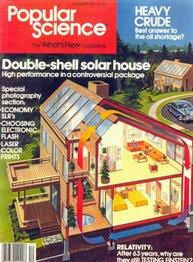
Cover story about Butler in Popular Science.
![]()
![]() Two TV interviews from the 1980s with Butler. Many thanks to Jill Karlin and Bill Pearson for providing original tapes.
Two TV interviews from the 1980s with Butler. Many thanks to Jill Karlin and Bill Pearson for providing original tapes.
![]() 2008 Discussion of Butler's double-envelope concept.
2008 Discussion of Butler's double-envelope concept.
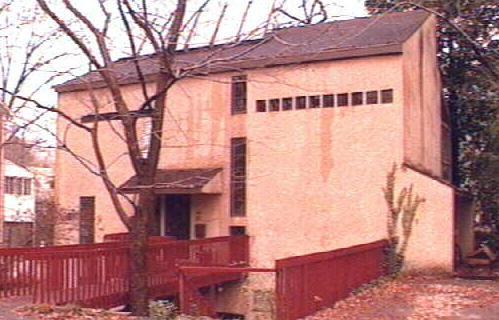
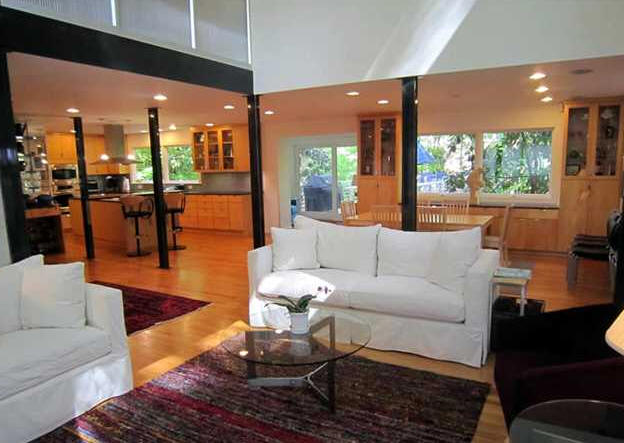
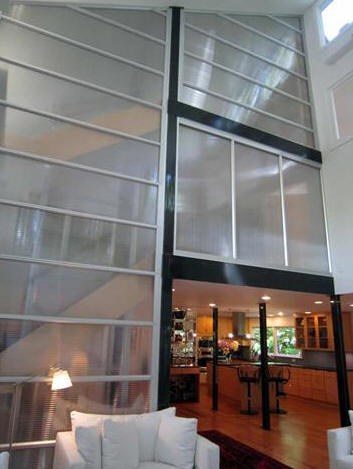

1965 - The Lee and Ann T. Butler Residence, 1410 Park Drive, Raleigh NC. Butler bet his NCSU design school friends it could be built in six weeks using his own critical path technology - and won. Sold in 1966 to J. E. and Mildred Ashburn. Sold in 1967 to David and Jeannette Olmsted. Sold in 1980 to Gene O. and Janice Murray. Sold in 1981 to James E. And Martha B. Tinkler. Sold in 1994 to Stephanie Fanjul and C. Dean Debnam (top photo). Will Alphin did extensive renovations in 2000, including completely changing the window structure. Deeded in 2012 to Stephanie Fanjul. Sold in 2015 to Jeremy and Rachel Petranka. More recent photos by Paul Setliff.

.jpg)
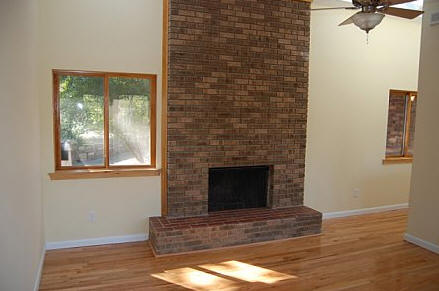
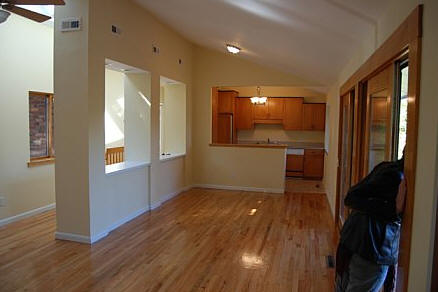
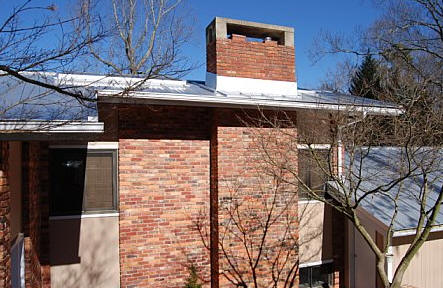
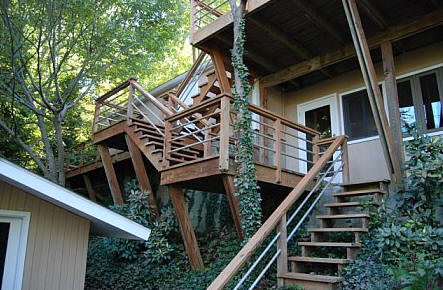
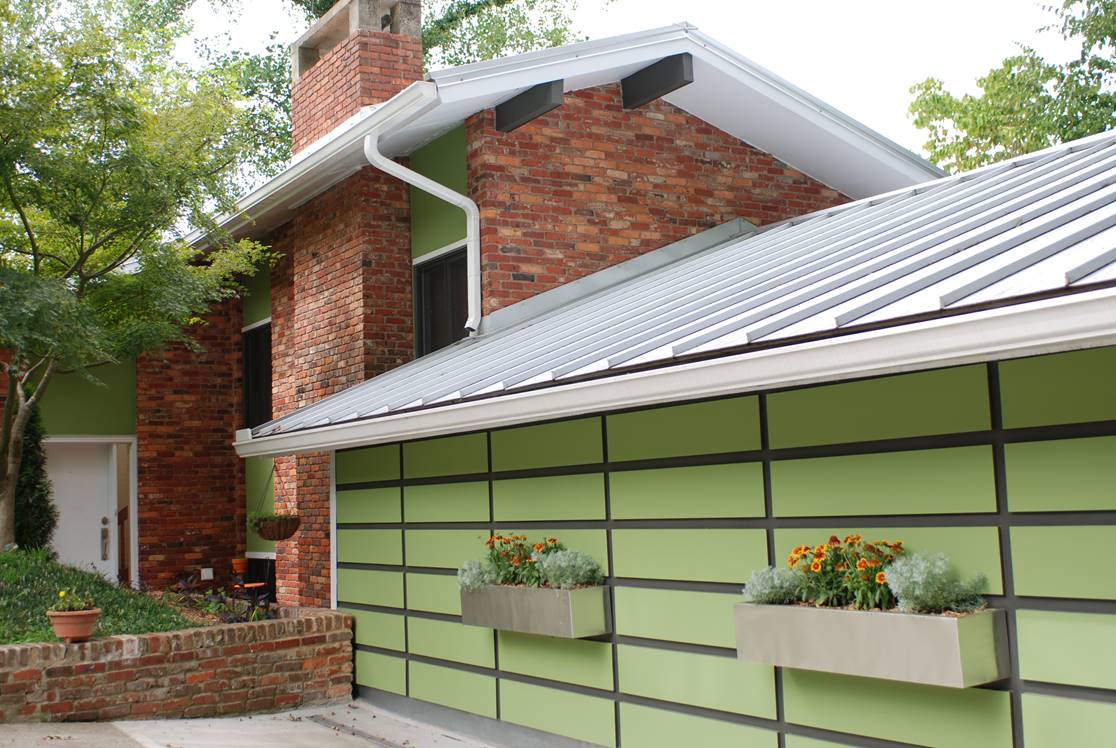
1965 - The Yates E. Spake Jr. Residence, 4204 Azalea Drive, Raleigh NC. The carport eventually was converted into a garage. Sold in 1969 to Gerald and Barbara Hawkins. Sold in 1983 to Ann and Theodore Domohowski Jr. Sold in 1985 to Garry H. Hoover. Sold in 1996 to Wesley L. Sims. Sold in 2007 to Dean A. Smith. Sold the same day to Pinnacle of NC LP. Sold in 2007 to David and Sonya Kilian. Renovated in 2015 by the TV show Love It Or List It.
.jpg)
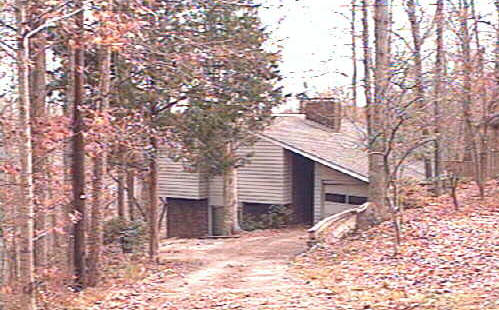
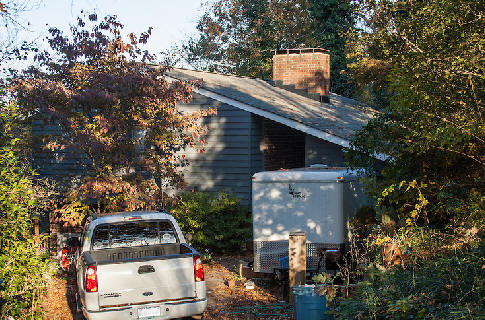
1965 - The Martha Gardner and Alan Finkel Residence, 4206 Azalea Drive, Raleigh NC. Sold in 1980 to Jefferson L. and Mary L. D. Dehoff. Sold in 1984 to John L. and Kathryn E. Simpson. Sold in 1987 to Thomas E. and Donna A Crump. Sold in 1996 to Robert Anthony Stephenson, still owner as of 2022. Bottom photo by Trey Thomas.

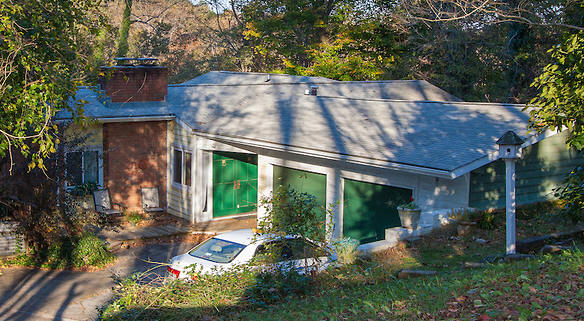
1965 - The Kay and David Maves House, 4212 Azalea Drive, Raleigh NC. Land purchased from Lee Butler. Sold in 1968 to David and Nancy Potak. Sold in 1972 to Herbert and Carolyn Davis. Sold in 1977 to Larry E. and Sandra R. Campbell. Sold in 1992 to Nationwide Insurance. Sold in 1992 to William and Lisa Hopper. Sold in 1997 to Richard and Carol Denning. Sold in 2022 to M3 Holding Group of Charlotte. Bottom photo by Trey Thomas. Sold as a teardown in 2024 to Parson Investment Group.
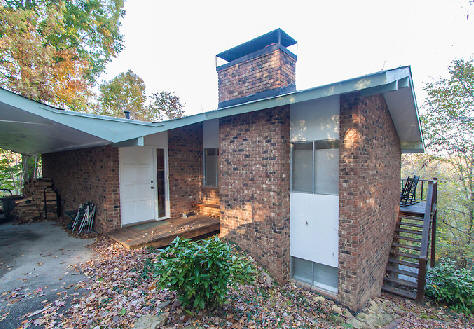
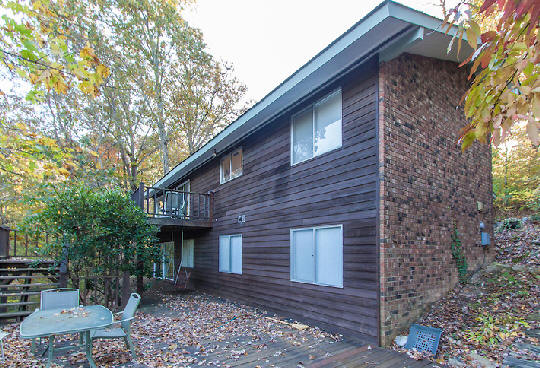

1965 - The Richard (Dick) and Nell Patty House, 4304 Azalea Drive, Raleigh NC. As of 2022, still owned by the Pattys. Photos by Trey Thomas.

.jpg)
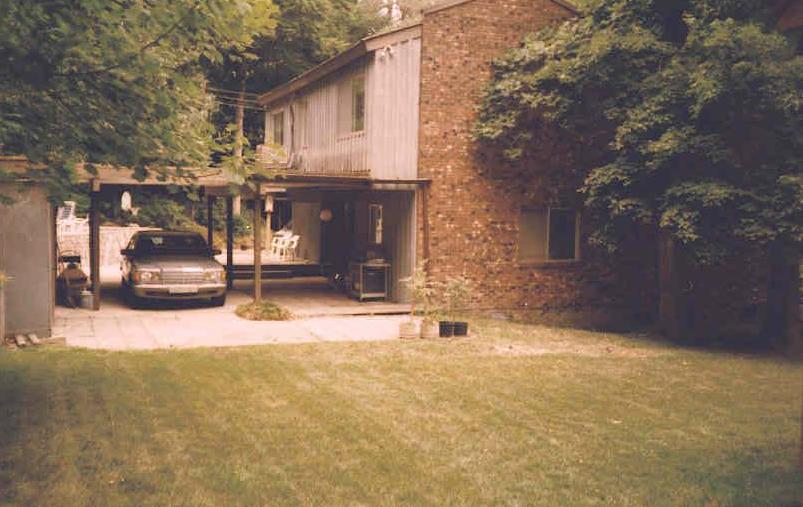
.jpg)
.jpg)
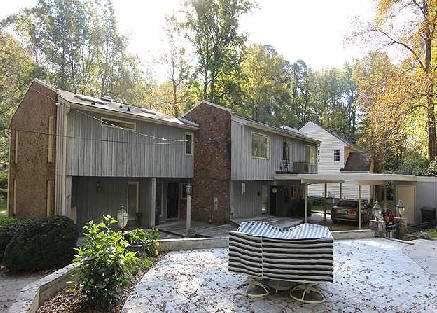
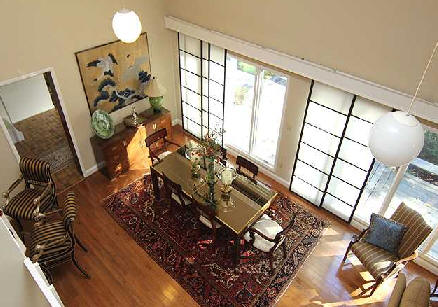
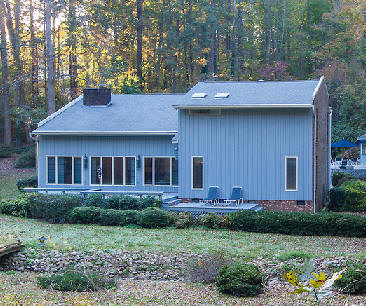
1965 - The Victor D. and Jan Rackley House, 4109 Balsam Drive, Raleigh NC. According to neighbor Dick Patty, when Butler was building this house, he came in way over budget and the Rackleys were very unhappy. A couple of years later, Butler showed up at their door with a check in hand for the difference. Has been remodeled. Deeded in 1978 to Victor D. Rackley. Sold in 2013 to Thomas P. Iuliucci III. Bottom photo by Trey Thomas.
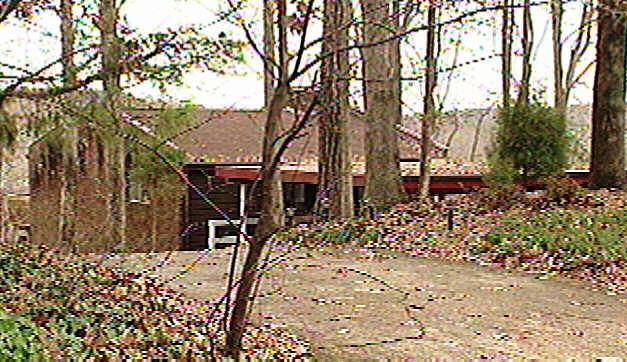
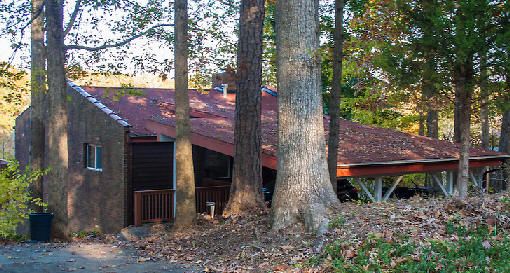
1966 - The George and Joan Pennell House, 4308 Azalea Drive, Raleigh NC. Sold in 2001 to Bryan and Gale Morrison. Sold in 2002 to Patrick Fisher. Sold in 2017 to John and Ginger Dosier. Bottom photo by Trey Thomas.
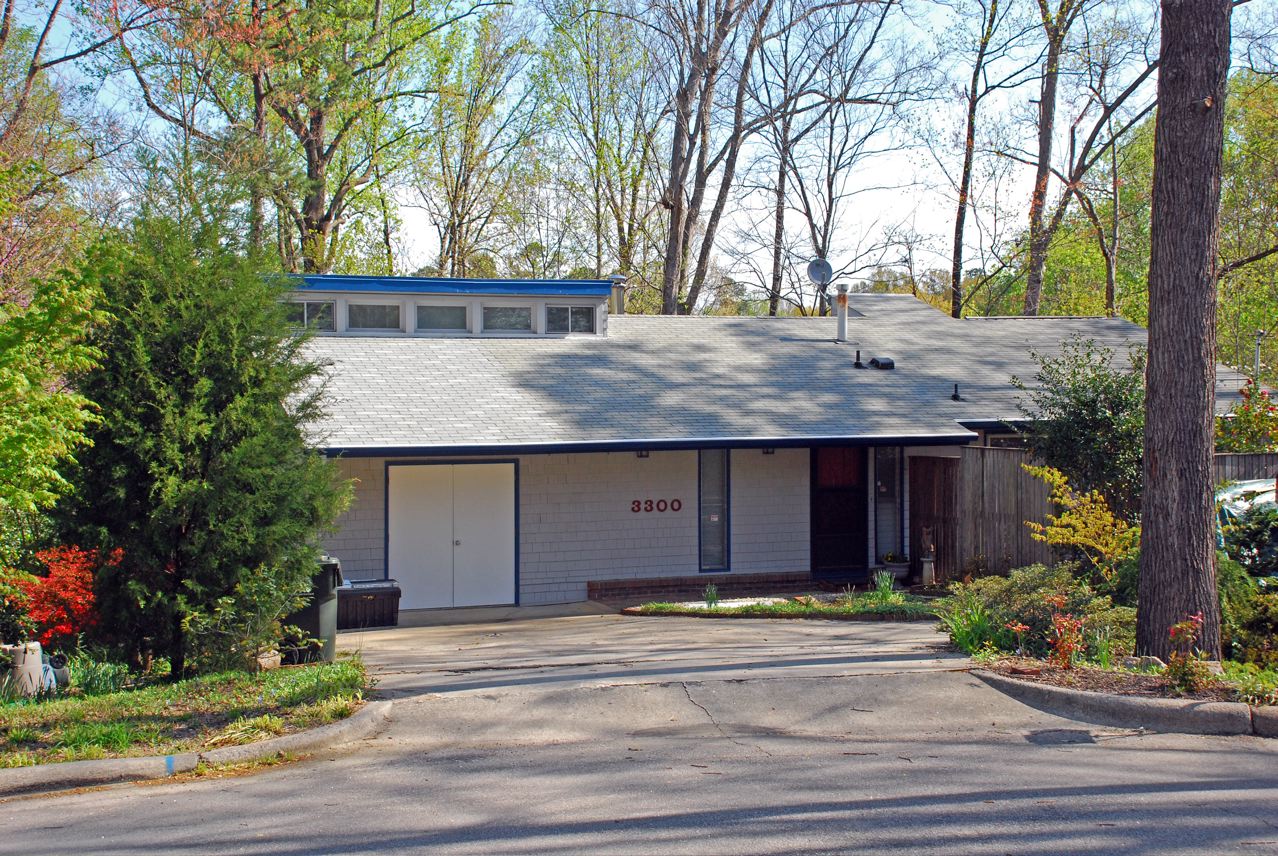
1966 - The Clifton L. and Alice Heimbach House, 3300 Redbud Lane, Raleigh NC. Sold in 1994 to Gerald (Jerry) L. and Maria Freeman, who enclosed the front carport. Sold in 2022 to Exeter Building Company LLC, who destroyed it to build a new house. Photo by Leilani Carter.
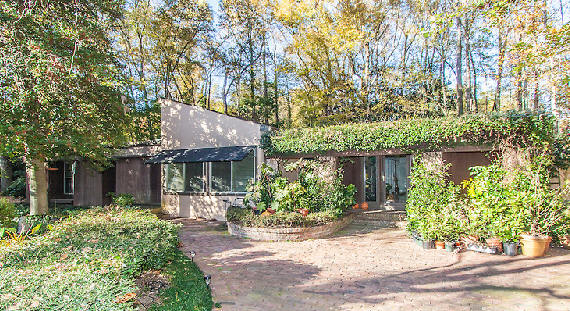
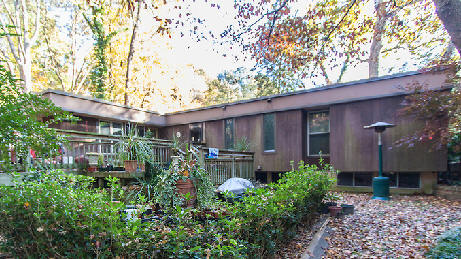
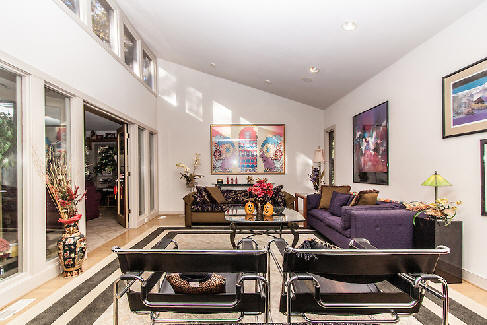
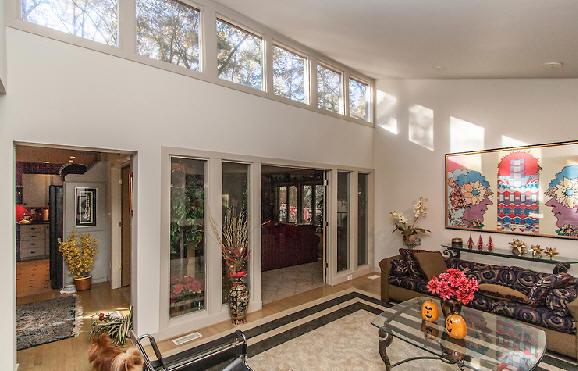
1966 - The John and Mary C. Bishir Residence, 925 Runnymede Road, Raleigh NC. Sold in 1974 to George and Karin Stephens. Sold in 1987 to architect Jim Buie and his wife, Janet Buie. During a 1997 tropical storm, a tree fell on the house causing extensive water damage and a subsequent renovation and addition to a total of 5200 square feet. Sold in 2019 to Catherine Lee and Albert Chang who replaced it with a Modernist house designed by Phil Szostak.
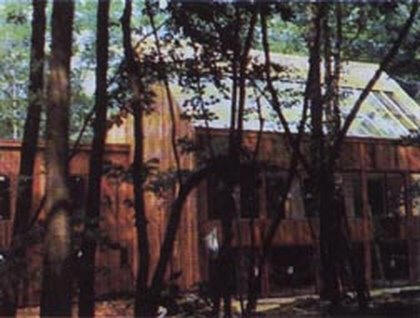
1979 - The John S. and Mary B. (Sistie) Howie Residence, 12000 Howie Road, Raleigh NC. Butler used his thermal envelope concept. 3513 square feet. After the Howies died, John in 2002 and Sistie in 2004, the house was destroyed for a new subdivision.
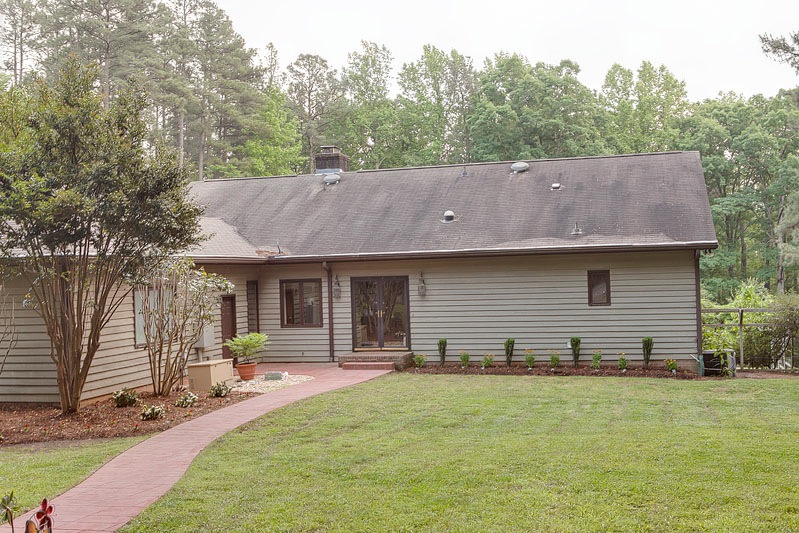
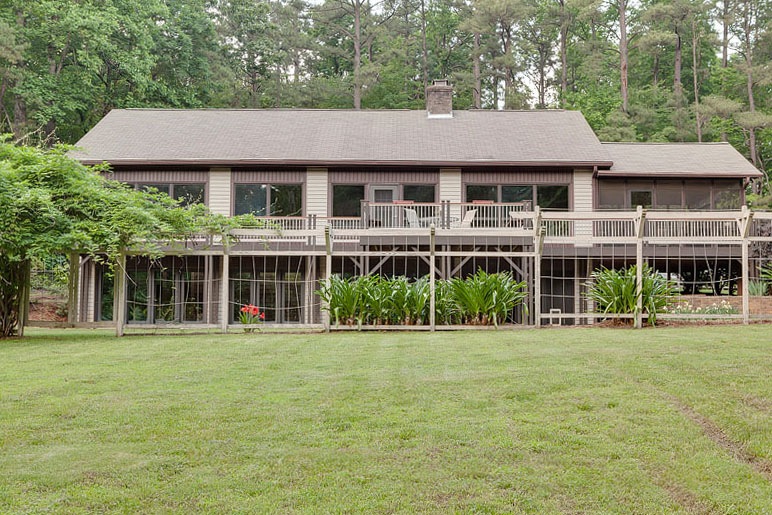
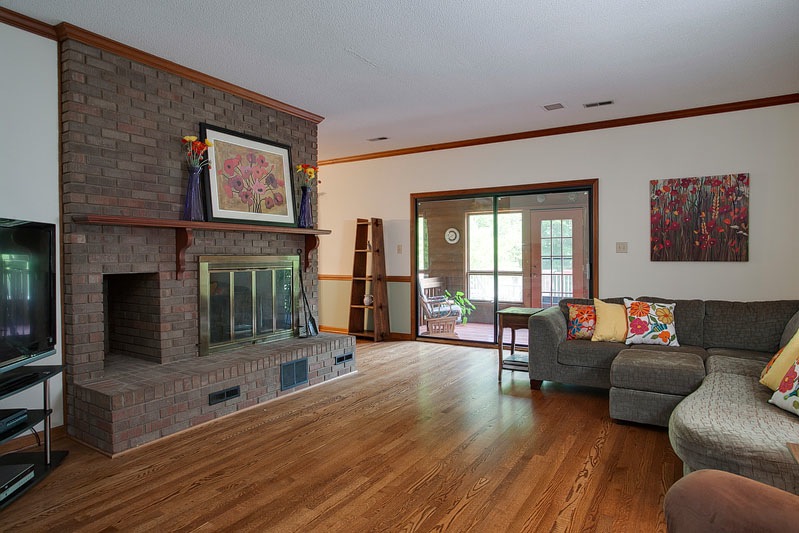
1979 - The Howard Clark III House, 4600 Troys Mountain Lane, Durham NC. Located in Orange County. Sold in 2008 to Julia and John Bailey. Sold in 2013 to Ming S. Niou and Pao H. Lin. Rented as of 2016.

1979 - aka WI River, Muscoda WI. Sold to Jody and Terry Heitcamp.

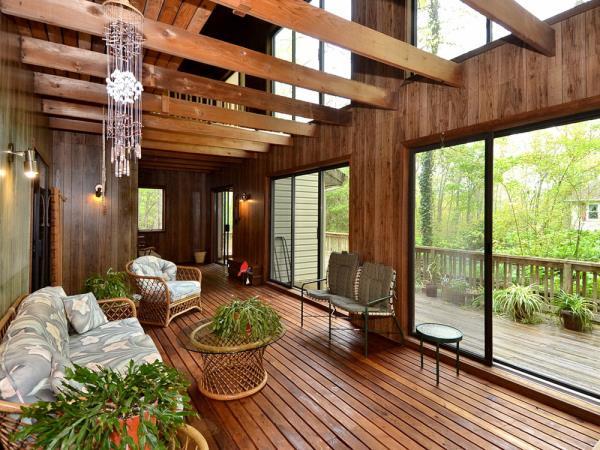
1982 - The Rhoda R. and William Wayne Hargrave House, 10 Oak Knoll Drive, Hendersonville NC. Deeded in 2004 to Rhoda R. Hargrave. Sold in 2015.
Sources include: Wife Jill Andrea Karlin Butler; NCSU School of Design Professor Henry Sanoff; "Architect Sold on the Good Life from Sun's Rays," by Wendy McBane/News and Observer 4/20/1980; California Architects Board; Usenet Alternative Energy Discussion List; Lee Porter Butler Tribute Page; Jim Buie; Karin Stephens; brother Mike Butler; Bill Pearson of Ekose'a Homes; David Kilian.
